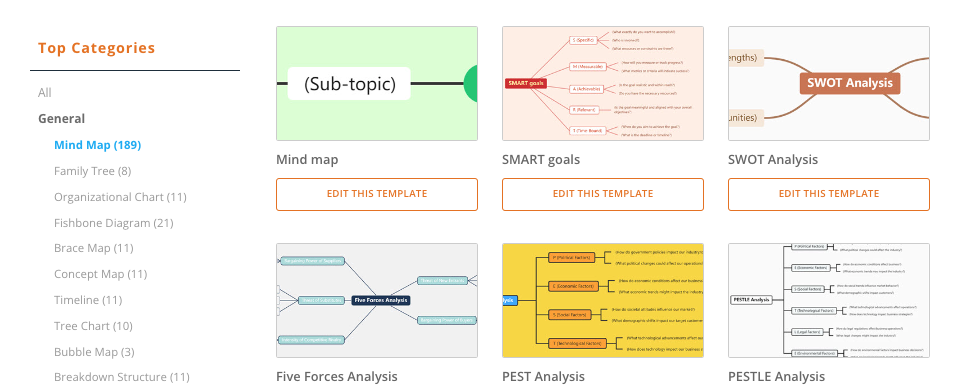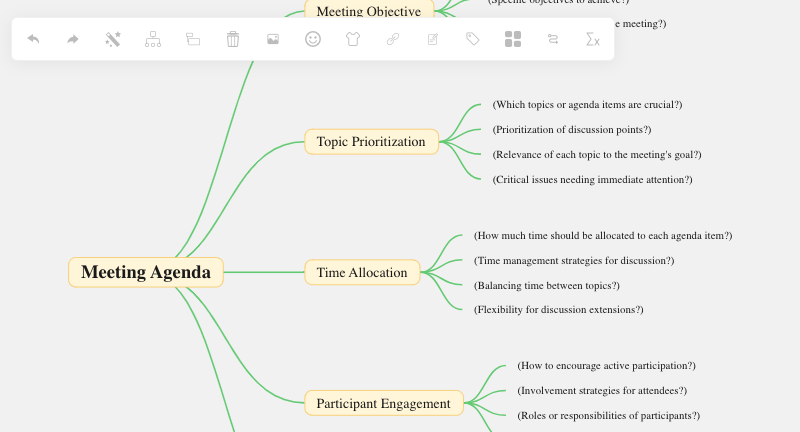In the realm of project management, efficiency and organization are key to success. One powerful tool that can significantly streamline your project management process is a mind map. By understanding what a mind map is and how it can be utilized, you can unlock its potential to enhance collaboration, planning, and execution of projects.
Here are five benefits of using a mind map to streamline your project management:
- Visual Organization: Mind maps provide a visual representation of your project, allowing you to see the project’s structure, tasks, and relationships at a glance. This visual organization helps you understand the project’s scope and complexity more effectively, enabling you to plan and prioritize tasks efficiently.
- Clarity and Focus: With a mind map, you can break down the project into manageable components and clearly define objectives, tasks, and milestones. This clarity helps you maintain focus and ensures that all team members are aligned with the project goals, reducing confusion and improving overall productivity.
- Enhanced Collaboration: Mind maps facilitate collaboration among project team members by providing a shared visual platform. Team members can contribute their ideas, input, and updates, fostering effective communication and enabling real-time collaboration. This collaborative approach fosters teamwork, improves decision-making, and ensures everyone is on the same page.
- Flexibility and Adaptability: Projects often encounter changes, unexpected challenges, or new ideas. Mind maps allow you to easily modify and update your project plan as needed. You can add new tasks, change priorities, and adjust timelines, ensuring that your project remains agile and adaptable to evolving circumstances.
- Improved Decision-Making: Mind maps enable you to evaluate different options, scenarios, and dependencies within your project. By visually mapping out the project’s components and their relationships, you can make informed decisions based on a comprehensive understanding of the project’s impact and implications. This informed decision-making helps minimize risks and optimize project outcomes.



